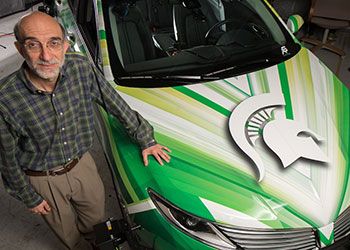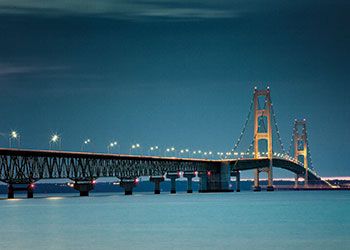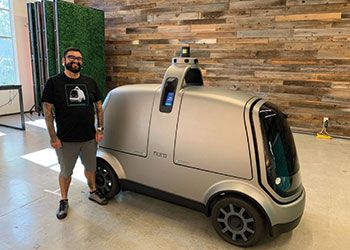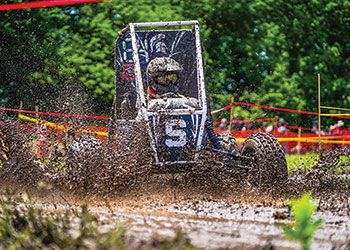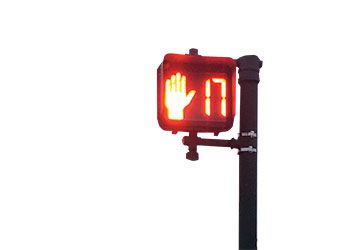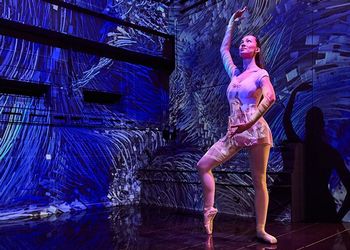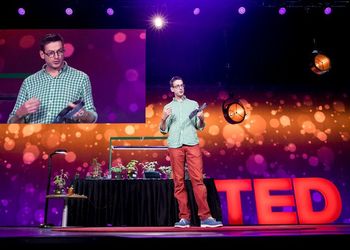Getting Down and Dirty
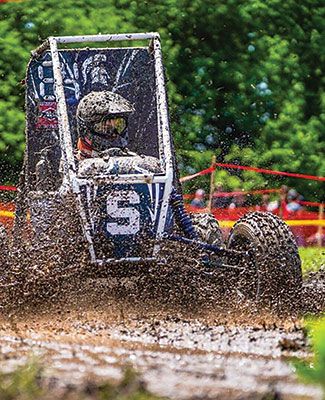
Getting Down and Dirty
Four student organizations fabricate future success by designing vehicles that excel on tracks, streets and over dunes. The knowledge and real-world experiences students absorb prepare them for success in a world that’s rapidly evolving.
January 25, 2020If you grew up coveting your friend’s go-cart, you’ll be blown away by the incredible driving machines our college students are building, adapting, refining and racing.
Four separate student groups are working with four distinctly different vehicles, each with its own respective parameters and purposes. These young motor-heads are using the latest technologies in design, performance testing, alternative fuel use, composite materials and data fusion. Corporate partners are providing some of the innovative tools necessary to excel in today’s automotive environments.
We create team environments where technical excellence, accountability, open collaboration and community engagement are all held in the highest regard. In doing so, we hope to further the causes of sustainable innovation, technical education and good, old-fashioned teamwork.
Here’s a look under the hood of the four student-run endeavors:
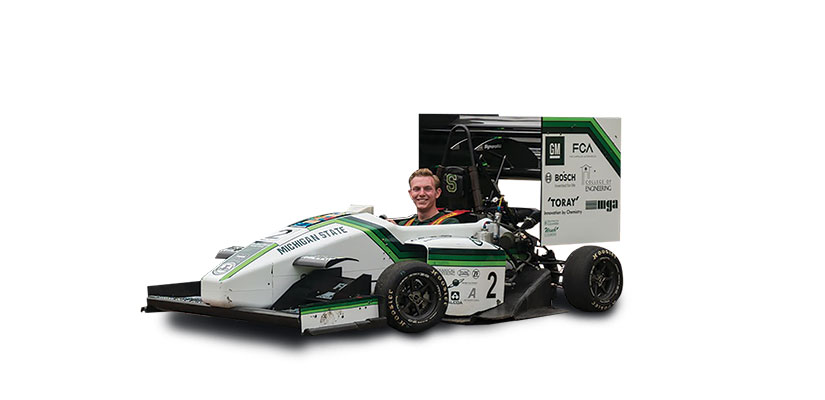
The Formula Racing Team designs and builds small formula cars, which are open-wheeled, single-seat vehicles. It competes annually with cars built by peer teams from universities worldwide. Vehicles are judged on racing performance, vehicle marketing, design, manufacturing, cost and several areas of dynamic performance. The competitions are organized by the Society of Automotive Engineers (SAE) International. Currently, MSU’s team has created the fastest formula car in the program’s 30-year history. Automotive companies consistently hire alumni of our programs.
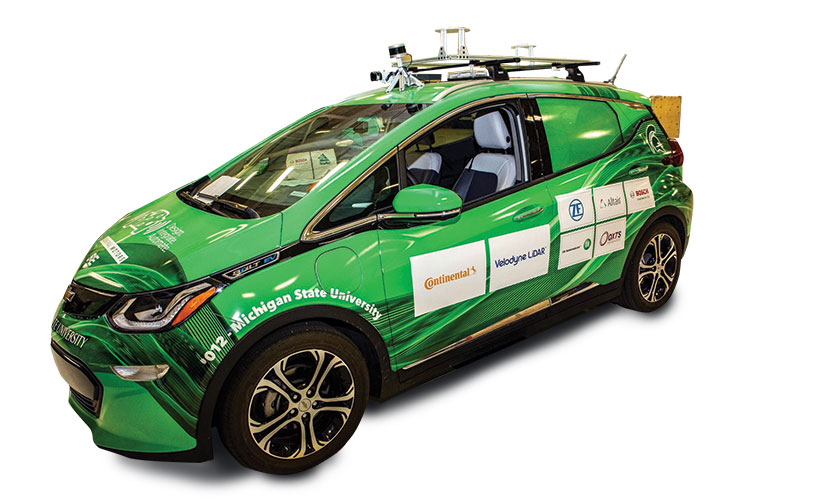
The Student Organized Autonomy Research (SOAR) group is working on a Chevy Volt donated by General Motors Corp. SOAR students and seven groups of their university peers were invited to design fully autonomous vehicles built on the Volt platform. The SAE International Collegiate Design Series is overseeing it all. Its three-year AutoDrive Challenge culminates this spring. That’s when competing teams will demonstrate their cars’ autonomous driving skills. Getting this far has been no easy feat. Students must master real-world sensing technologies, computing platforms and software design programs. Their car will need to rely on computer vision, machine learning, artificial intelligence, data fusion and autonomous vehicle controls.

The Baja Racing team annually designs, builds and races an off-road vehicle entered in the SAE Baja events. Entries are judged on cost reports and sales presentations and they must pass a technical inspection. Time trials are followed by a four-hour endurance race during which all participating teams race their buggies at the same time on the same track. Luna is the newest addition to the MSU Baja family. It’s the lightest vehicle the group has built to date. Buggies must be powered by 10HP Briggs and Stratton engines, which cannot be modified or altered. Luna boasts the most custom components of the team’s creations thus far.
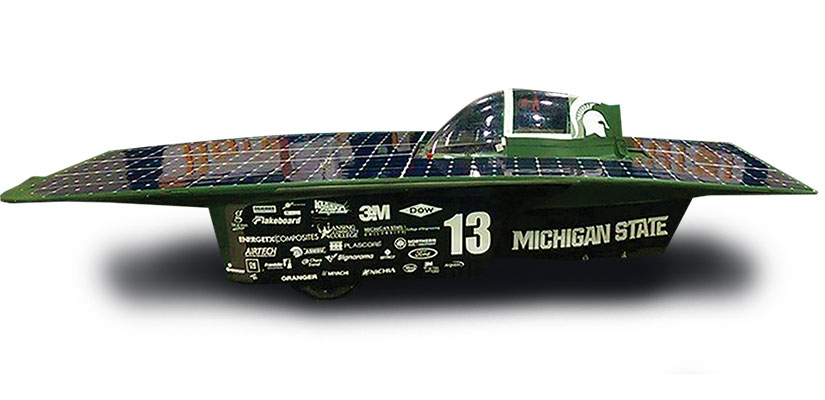
MSU Solar Racing Team fabricates solar cars. The team regularly competes across the U.S. in track and long-distance races along-side other collegiate cars. Five cars have been produced since the MSU group’s 2010 founding. Its current vehicle, Aurora, features two-passenger seating, trunk space and an infotainment display. The electric engine is powered by a solar array and custom lithium ion battery pack. Ultimately, the team’s mission is to further the causes of sustainable innovation and technical education.


